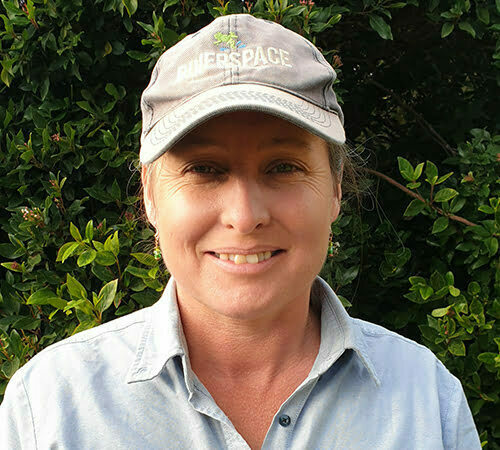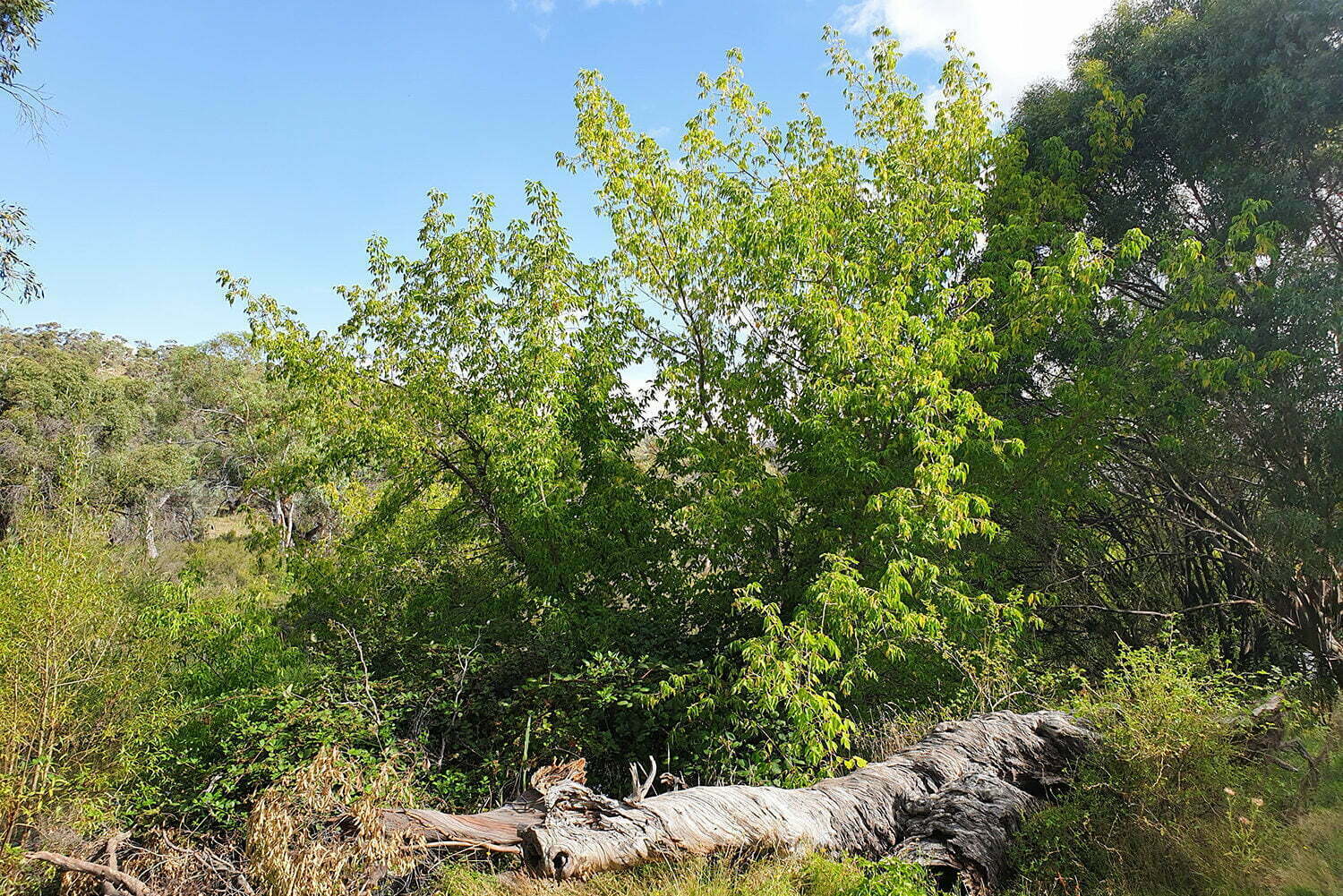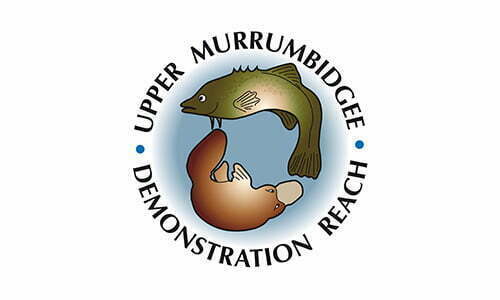Presenter

Antia Brademann
Upper Murrumbidgee Demonstration Reach Facilitator
Have you noticed bushy green-leaved trees springing up near your creek or river in recent years? It could be Box elder (Acer negundo) – a prolific seeding tree that is rapidly spreading along our waterways!
In this webinar recording, Antia Brademann, the Upper Murrumbidgee Demonstration Reach Facilitator discusses:
- why Box elder is an emerging weed in our region
- how to identify Box elder
- best ways to manage Box elder
This recording includes a Q&A discussion with questions and comments from attendees. Key discussion points have been shared below:
- How fast do Box elder grow? Box elder is very fast growing in its first 20 years of life, able to grow to 4.6 m in four to five years (Source: Invasiveness Assessment – Box elder in Victoria)
- How far do seeds travel? Box elder seed can carry 5 kilometers in the wind. Large seeding plants in river corridors can be the source of seedlings for many kilometers downstream, especially if carried by flood waters. Seeds can remain viable for at least six weeks in water. Given the prolific recruitment of Box elder from seed, controlling seeding trees (females) is an important priority.
- Box elder has male and female plants. Sterile varieties (which may still be available in nurseries) are likely to be cloned male plants which can fertilise females nearby so should not be planted in gardens to prevent risk to your local environment.
- Control should be carried out before seeding events occur. Experience with control programs in other areas has found control can be undertaken anytime after sap starts flowing.
- Follow up is really important with this plant. Bigger plants may coppice from the base after first control effort and will need re-treatment.

For a handy resource, check out our Box elder web guide
Our web guide shares detailed information on the Box elder weed, the problems caused by its infestation, and photos to help you identify Box elder using its distinct features. Included is a list of techniques we recommend to help you manage and control this invasive species.
Other Resources:
- Woody weed control methods: Please note: the weeds treated in these videos are not Box elder, however the methods used are appropriate to control Box elder plants
- Weeds Australia website
- Invasiveness Assessment – Box elder in Victoria
We acknowledge the Traditional Owners of the places in which we live, work and learn. We recognise and respect the enduring relationship they have with their lands and waters, and pay our respects to Elders past, present and future.






